The Baghdadi Jewish community in India may only be around 50 strong today, as documented by the Jewish Women’s Archive, but the larger diaspora is holding on to their history. “My community [also called Mizrahi Jews, as they are from the Middle East and North Africa] embodies many diverse identities and has made significant contributions within India, despite often being overlooked in discussions,” says Ciara Shalome, 25, a London-based content creator. She and a few others in the U.K. are doing their bit to chronicle their culture, especially through food.

Shalome has been documenting the lived history of the community — most of whom called Bombay and Calcutta home — through her TikTok channel Chaidentity (and more recently, on Instagram). When she first started sharing content in 2022, she had noticed a recurring theme: an abundance of material related to Jewish culture, but with a focus on Ashkenazi Jews (diaspora Jews who established communities along the Rhine in western Germany and northern France). “I couldn’t help but see the glaring absence of representation for Mizrahi Jews. This realisation struck me particularly when I came across a video by an Ashkenazi content creator, where various individuals were sharing their favourite dishes. As I awaited the inclusion of voices from the Mizrahi, I was met with absence.” So, she took up the challenge to bridge the divide.
For Shalome (who witnessed a massive jump in her follower count — from 0 to 83k), her commitment to the cause wasn’t just about personal representation, but also about acknowledging the rich diversity within the Jewish community as a whole.
Of integration and community
Economic opportunities and the desire for a safe life had guided Baghdadi Jews’ decision to leave Iraq and parts of the Middle East and migrate to India in the 18th century. Always a small group, they peaked at around 30,000 individuals during India’s independence. Shalome’s family came over during the early 20th century and settled in the Byculla area of South Bombay, which had a synagogue, a shochet (experts in kosher animal slaughter), and an educational institution.
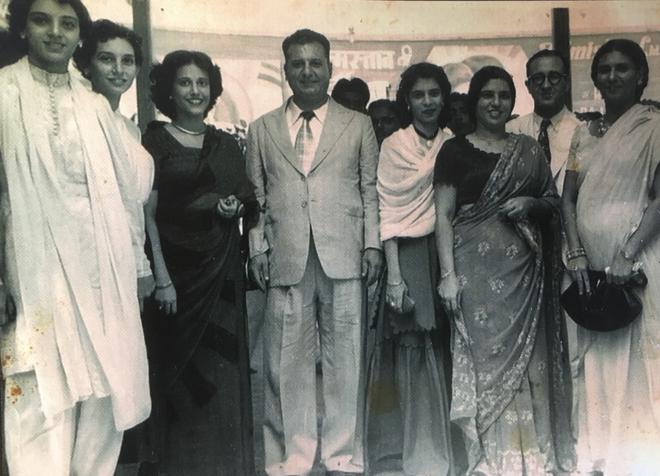
Shalome’s grandfather, Abraham, was an active member of the community in the 1940s and 1950s; he participated in the Jewish boxing association, Maccabi, and even appeared in a few movies as an extra alongside yesteryear actor Raj Kapoor. “Despite the obvious ethnic differences, I am told by my parents that the community didn’t face any discrimination. Not only did they maintain relationships with their Indian neighbours, but they would also celebrate their festivals and open their doors to them during Jewish holidays.”

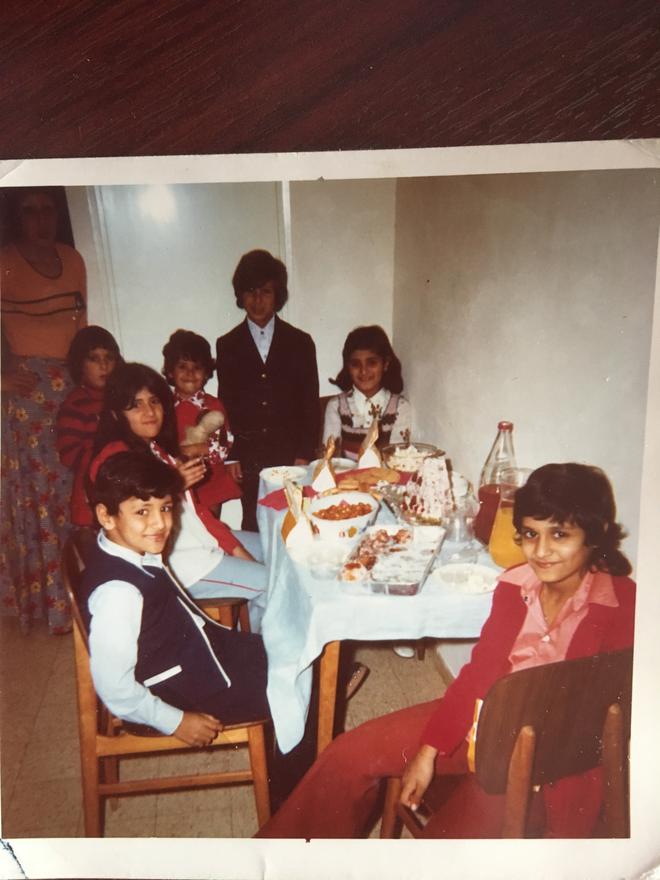
The community’s assimilation was also reflected in the food they prepared. While rooted in Middle Eastern flavours, they adopted and adapted to local culinary practices. The popular aloo makala — fried potatoes seasoned with turmeric — derives its name from aloo, the Hindi term for potato, and makala, an archaic Iraqi Arabic word for fried. They tweaked techniques to adhere to kosher dietary laws, such as substituting yoghurt marinades with lemon juice.
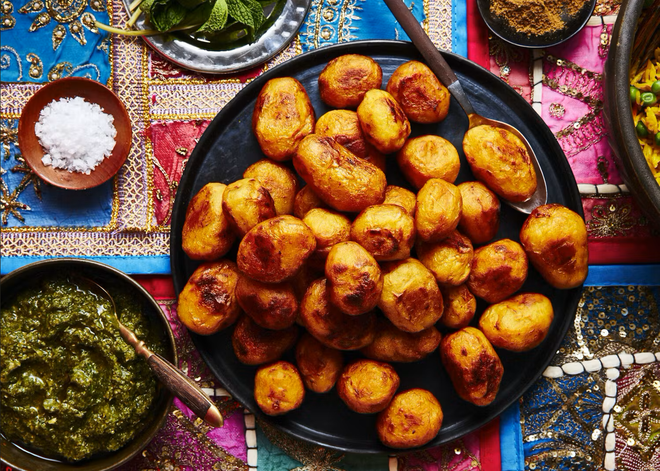
A popular dish is chicken chitarnee, a delicacy served during holidays and Shabbat. “Every Baghdadi Jewish household knows how to whip up chitarnee as it embodies the essence of the community in India,” says Shalome. The vindaloo paste and Madras curry powder used in many iterations introduce Indian flavours into the Middle Eastern dish, while Sarson’s malt vinegar adds a British touch to the mix.
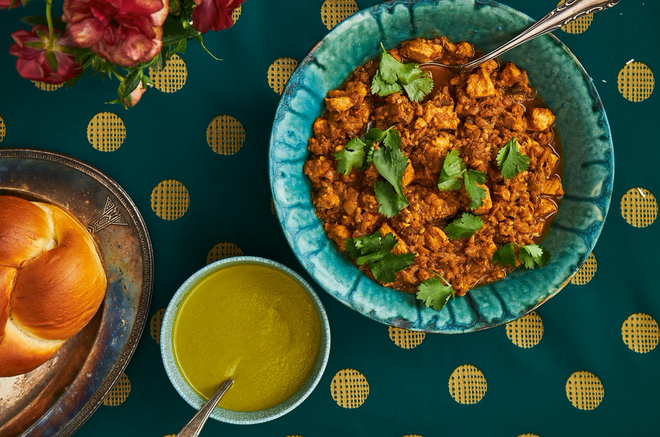
“I’ve crafted a cookbook filled with cherished family recipes that I’ve presented to my father. Now, every time I’m with him, we select a recipe and cook it,” says Shalome, who also posts them on social media. “It’s a way to preserve these culinary treasures and ensure they are passed down through the generations.”
Memories of kebba-bamya
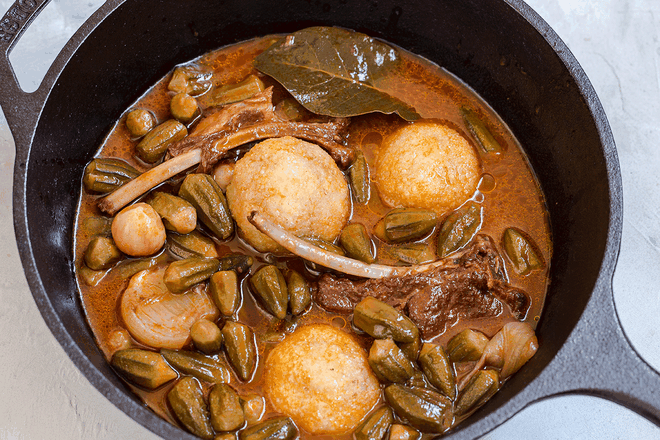
A cookbook in the making
Londoner Joanna Missim, a food writer and culinary instructor in her 30s, is an Ashkenazi Jew married to a Baghdadi Jew from India. Her interest in keeping the cuisine of her husband’s community alive led her to start putting together a cookbook in 2019, when she was on maternity leave. “My mother-in-law introduced me to the cuisine and, given my interest in cooking, I’d ask her questions,” says Missim, who learned to cook typical dishes from her mother-in-law’s best friend and other ladies in the neighbourhood. “Over time, I realised that many of the people who’d emigrated from Mumbai and Kolkata were getting old. So I decided to document the food for the community.”
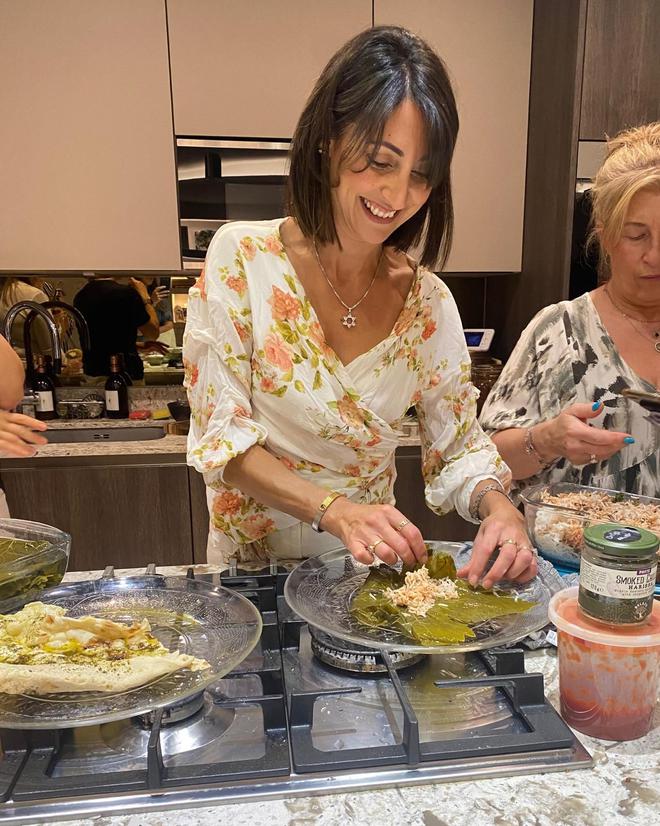
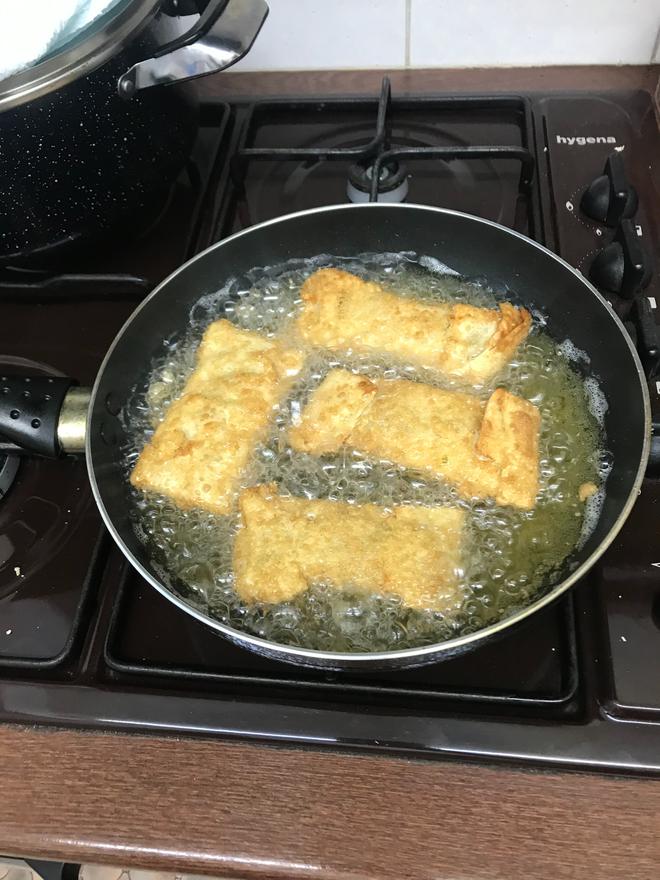
Missim and her husband had embarked on a journey to India after her father-in-law died in 2015. “We revisited his apartment in Byculla, stepped into the synagogue, and explored various corners that held memories.” Throughout the visit, they engaged with Jews from the area. What struck her profoundly was the dwindling numbers. “In the heart of Bombay, in a place that once buzzed with vibrant communal life, only around six people identified with our heritage,” she says.
The trip to India coupled with Missim’s mother-in-law passing away in 2017 propelled her to actively visit friends and family to source recipes from the community. A dish that stands out to her is chicken pantheras: chicken mince wrapped in a crepe, coated with breadcrumbs and fried to a crisp golden hue. “This snack is a favourite among the Baghdadi Jews from Kolkata.” Missim has collected over 50 recipes so far. “I cook each one and photograph it. I want to give myself a year before I publish the cookbook,” she concludes.
The Mumbai-based journalist writes at the intersection of culture and community.







